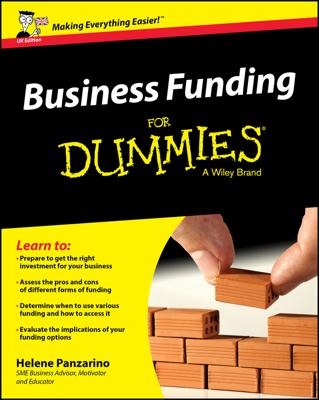If you’re applying for consideration with a grant funder that requires matching funds, then this is for you. Push your fears aside and rev your engine, because finding matching funds is about to become a lot easier.
First of all, read the grant application instructions regarding matching funds. Ask yourself how this funder defines matching funds. Can the match be an in-kind contribution, also referred to as soft cash, or are you required to identify actual cash (called a hard match) for the match?
When you’re writing a grant application that requires matching funds, always show four separate columns in your budget summary table and explain the source of matching funds in your budget detail narrative. Follow these guidelines for the summary table:
The first column is for the specific line-item categories.
The second column is for the amount of grant or contract funds requested.
The third column is for the cash match.
The fourth column is for the in-kind contributions. If you have no in-kind funds, mark the amount as $0.
The fifth column is for the total of columns one through four.
In-kind contributions (soft cash match)
The in-kind part of the budget summary and budget detail narrative is where you list the value of human and material resources your organization will make available to the grant-funded project (meaning you aren’t asking the funder for all the resources needed to implement the project).
When a grant application requires matching funds, every dollar requested from the funding source must be matched with a specified percent of your own monies. The funder’s guidelines tell you whether the match is 10, 20, 50, or 100 percent or higher. Some funders require a 3:1 or 4:1 match, meaning if you request $100,000, you must come up with matching funds in the amounts of $300,000 and $400,000, respectively.
Following are line items where you may be able to pull out soft matching funds or in-kind contributions:
Construction: Eligible construction is any aspect of infrastructure work that will be donated by trade professionals or volunteers.
Contractual: Eligible sources are contracted consultants who will lend their expertise and time to the project after it’s funded but whose expenses may not be requested from the grant-funder.
Equipment: Eligible equipment must be existing and you must document fair market value for each item.
Indirect charges: Eligible indirect charges can be a line-item request in the grant budget; however, if you’re struggling to identify matching funds, use indirect charges as a matching contribution to be absorbed by your project.
Indirect charges range from 5 percent to 66 percent of the budget subtotal and are allowable in federal grant applications only. In some rare instances, foundations permit indirect charges as well, but they usually set a percentage cap, such as 10 percent of the total budget. Make sure you know and follow each specific funder’s directions for how to include and calculate indirect charges.
Miscellaneous: Other eligible sources include utilities and telephone expenses related to implementing the project but that aren’t allowable line items in the funding request; printing, copying, postage, and evaluation expenses not included in contractual or supplies; and any other costs your project will incur that haven’t been requested from the funder.
Supplies: Eligible supplies must be on hand from existing inventory.
Travel expenses: Eligible travel must be grant-related for key or ancillary personnel, and money for the expenses can’t be requested from the grant funder.
Cash match (money on hand allocated for cash matching funds)
Inventory your cash on hand and work with your finance person or business manager to determine how much of the cash on hand can be used as cash match for the project, if funded. Remember that your cash match must be connected to grant-funded activities and related expenses:
Equipment: Equipment purchased by your organization with its own money that’s connected to the grant-funded project.
Fringe benefits: Eligible fringe benefits for administrative, clerical, contracted, and facilities personnel are prorated based on the actual amount of time these staff members will contribute to funder-supported activities. Your organization pays these benefits.
Personnel: Personnel who will provide direct or indirect services for the grant-funded activities but who won’t be charged to the project’s budget expenditures as a line-item request to the funder. So, on a prorated basis, administrative, clerical, contracted, and facilities personnel can all be used as cash match line items. Salary for these personal must be paid by your organization in order to count as cash match.
Supplies: Supplies purchased by your organization with its own money and connected to the grant-funded project.
Travel: Travel that your organization will pay for from its own funds connected to the grant-funded project.
When you’re trying to find available money for a cash match, some places to look to first are
A specialized allocation (when your chief financial officer transfers cash from the general operating funds account into a specially allocated account to be used for cash matching funds).
Other state or federal grant funds. You can’t use existing federal grant funds to match new/incoming federal grant funds; check with the funding agency for specific restrictions on matching funds.
Private sector grants for portions of the project.
Your general operating funds (unrestricted monies to pay the day-to-day operating expenses of your organization).
Be sure to check with the funding agency to which you’re applying to make sure that these types of matching funds are allowed.

